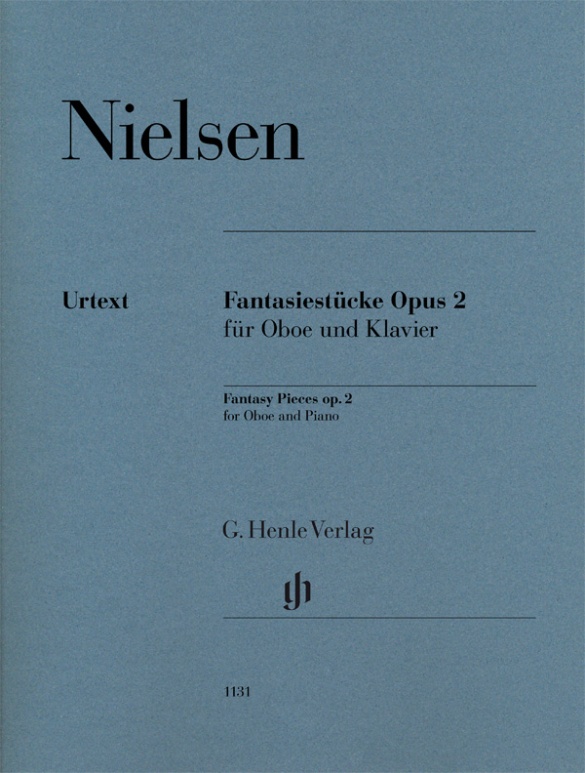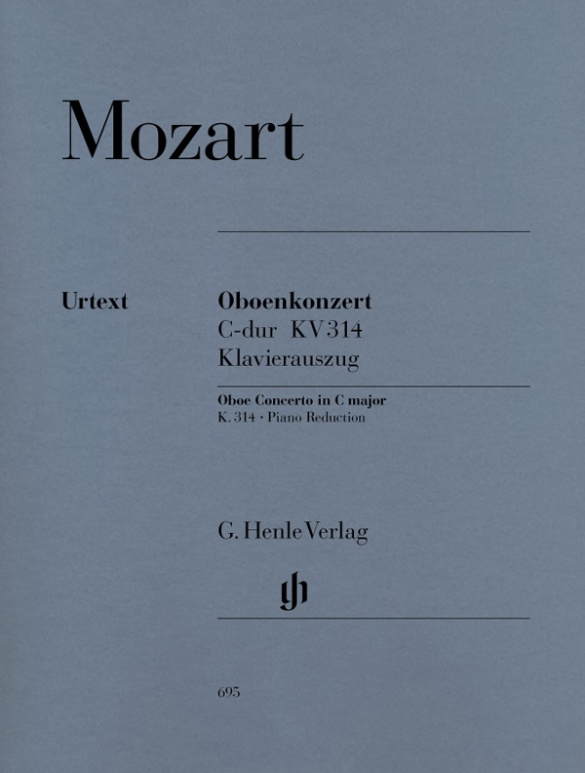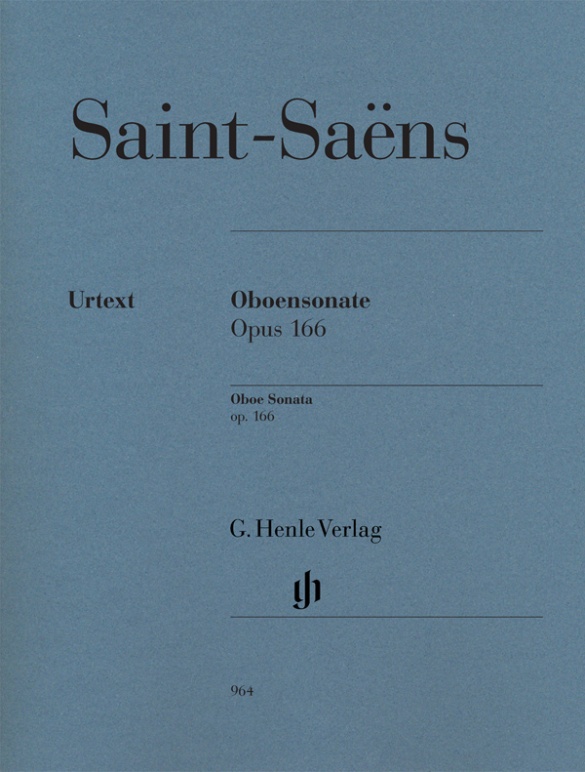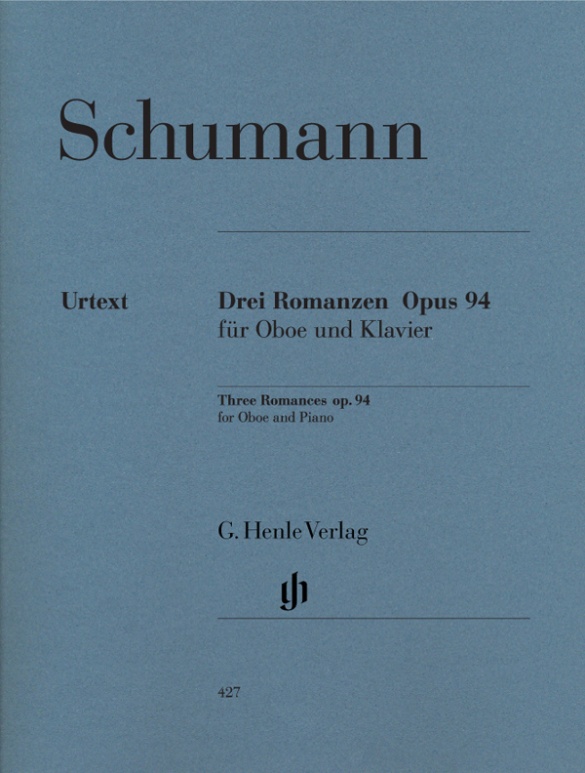Carl Nielsen
Fantasy Pieces op. 2 for Oboe and Piano
>
内容/詳細
作曲家について
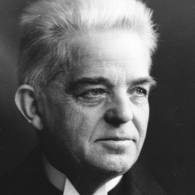
Carl Nielsen
The considerable output of the most important of Danish composers comprises all the usual genres: two operas, incidental music, numerous choral works, around 200 songs, six symphonies, three concerti, chamber music, piano works. His oeuvre is marked by an engagement with Renaissance vocal polyphony that he combines with a progressive harmonic language.
| 1865 | Born into the family of a day laborer and house painter in Sortelung (Funen) on June 9. At age six he plays the violin, performs with his father as a musician at village festivals, and becomes acquainted with the classics in the orchestra of the Music Society. In 1879 joined the military band of the Sixteenth Battalion in Odense; violin lessons. |
| 1884–86 | Studies in Copenhagen: violin (with Valdemar Tofte), piano (with Gottfred Matthison-Hansen), music theory (with J. P. E. Hartmann and Orla Rosenhoff), and music history (with Niels W. Gade). |
| 1886 | Second violinist in the Tivoli Park orchestra. |
| after 1887 | performance of his compositions, including the Suite for Strings, Op. 1. |
| 1889 | Second violinist in the Chapel Royal Orchestra. |
| 1890s | First volumes of songs on poems by Jens Peter Jacobsen (Opp. 4 and 6) and by Ludvig Holstein (Op. 10), with sometimes progressive harmonic language; later songs follow the ideal of the folk song. |
| 1896–97 | Cantata “Hymnus Amoris,” Op. 12, on a painting by Titian; study of Renaissance music. |
| 1891/92 | Symphony No. 1 in G minor, Op. 7, with tight motivic development. |
| 1901 | State stipend. The opera “Saul and David” is completed. |
| from 1903 | Contract with the music publisher Wilhelm Hansen. |
| 1906 | Premiere of the comic opera “Mascarade,” which becomes a major work in Danish operatic history. |
| 1908 | Second conductor at Copenhagen’s Royal Theatre. |
| 1915 | Concert conductor of the Music Society in Copenhagen. |
| 1922 | Neoclassical Wind Quintet, Op. 43, which becomes popular. |
| 1924/25 | Symphony No. 6 (‘Sinfonia semplice’), a tonally untethered and highly complex work scored with a large percussion section. |
| 1931 | Director of the Music Conservatory. Death in Copenhagen on October 3. |
校訂者や運指担当者について

Klaus Schilde (運指)
Prof. Klaus Schilde, born in 1926, spent his childhood in Dresden. There he was greatly influenced by Walter Engel, who taught him the piano (Kodaly method), composition and violin. From 1946–1948 he studied at the music conservatory in Leipzig with Hugo Steurer. After moving to the west in 1952 he studied with Walter Gieseking and Edwin Fischer, as well as with Marguerite Long, Lucette Descaves and Nadia Boulanger in Paris.
Schilde won numerous prizes. From 1947 onwards he gave concerts as a soloist and chamber musician on almost every single continent with renowned orchestras. He taught at the music conservatories in East Berlin Detmold, West Berlin, Munich, Tokyo (Geidai) and Weimar. From 1988–1991 he was President of the Staatliche Hochschule für Musik und Theater in Munich, where he also taught for decades as a professor. There are numerous radio and television broadcasts with Klaus Schilde as well as CD recordings. Schilde has contributed fingerings to almost 100 Henle Urtext editions.
Prof. Klaus Schilde passed away on 10 December, 2020.
製品安全に関する情報

G. Henle Verlag
製品の製造元に関する情報はこちらでご覧いただけます。G. Henle Verlag
Forstenrieder Allee 122
81476 München
info@henle.de
www.henle.com
おすすめ
autogenerated_cross_selling
このタイトルを含む他の版
このタイトルを含む他の版


